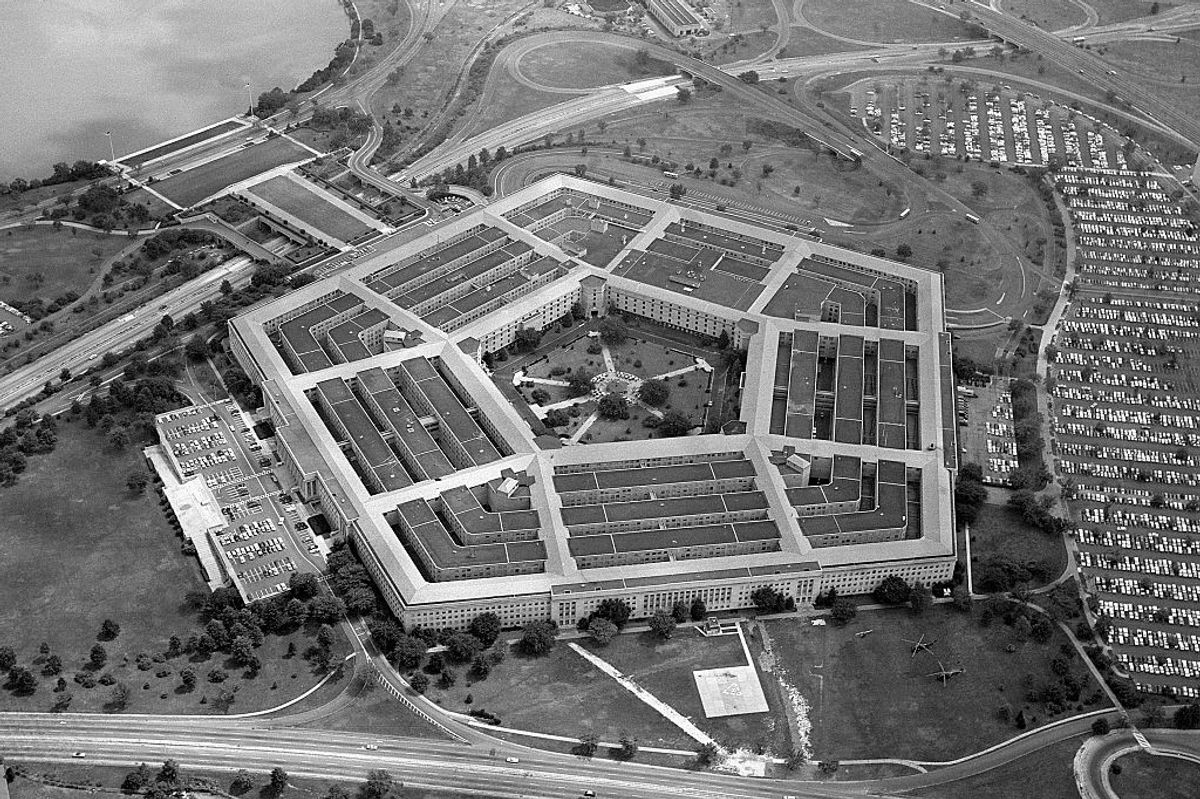The vast amounts of data collected from phones and other internet-connected devices—and traded globally through the multi-billion-dollar data brokerage industry—have rightly drawn growing concern from national security professionals. Yet the parallel surge in data collection through smart-city technologies has received far less attention. Around the world, cities are deploying advanced information and communications systems to optimize everything from energy use and traffic management to policing and environmental performance. The data emerging from these systems is qualitatively different: continuous, infrastructure-linked, and often directly tied to identifiable individuals and critical sites. Even without commercial resale, such data can easily flow—intentionally or inadvertently—into the hands of U.S. competitors and adversaries, posing a distinct national security risk.
While phone apps and advertising data are gathered at certain moments and often with delays, smart-city sensors capture information in real time, around the clock. This gives the data greater spatial precision, accurately mapping activity to specific roads, entrances, and choke points, whereas device-centric GPS or Wi-Fi signals from typical data-broker sources are noisier and less reliable. Moreover, smart-city data is tightly bound to real-world identities, linking information such as license plates, transit cards, vehicle identifiers, facial imagery, or utility meters directly to people and places. In contrast, data brokers typically rely on trackers and identifiers that require additional “enrichment” to infer who someone is. This makes smart-city data inherently more identifiable—and therefore more sensitive—from the moment it is collected.
Smart-city operations inherently generate vast datasets that reflect the rhythms of daily life. On a typical morning commute through a connected metropolis, an individual leaves behind a dense trail of digital traces detailed enough to reconstruct their routine. License plate readers track vehicle movements; traffic cameras and transit cards log each stop and transfer. Smart parking meters, toll sensors, and even networked streetlights record times and locations. By the time the commuter arrives at the office, building access systems, facial-recognition cameras, and smart elevators have verified and stored their presence—all producing data that may be processed, shared, and sold far beyond city borders.
What begins as an ordinary commute can pose risks. The same streams of data that keep cities running efficiently can compromise covert or clandestine urban infrastructure—such as safe houses. Even when an individual’s identity remains unknown, long-term data retention allows for after-action attribution. With sufficient archives, authorities—or anyone who gains access to the data—can retrospectively reconstruct vehicle routes, recurring digital patterns, and anomalies in utility use, effectively linking an individual to a dwelling that was invisible in real time. For the intelligence and special operations communities, this means that the longer a safe house remains active, the greater the chance that archived urban data will eventually reveal its connection to past activity.
In most smart cities, local governments team up with private tech companies to run the networks of sensors, cameras, and apps that keep the city smart. While municipal authorities collect data to improve services—like managing parking space—vendors often handle the technical side, storing and analyzing that information on their own systems. Along the way, some of this data is shared with third-party partners for analytics, advertising, or “service optimization”—a catch-all term for improving device performance and adjusting how services are delivered. From there, data can flow into the vast ecosystem of data brokers, who combine it with information from other sources and resell it on the open market. The result: data that began as part of a city service can eventually be bought across countries and jurisdictions with little trace of its public origins.
Even without commercial resale, smart-city data can find its way into the hands of U.S. competitors and adversaries. Take Chinese vendors, for example. Huawei and other companies have aggressively marketed smart-city technologies worldwide. According to a 2022 report by the Center for Strategic and International Studies, China’s Digital Silk Road has served as a major channel for exporting smart-city systems. The U.S.–China Economic and Security Review Commission has documented hundreds of such exports by Chinese firms across 106 countries. More recently, researchers have noted that through these projects, Beijing gains intimate knowledge of urban operations. This is because under China’s 2017 National Intelligence Law, Chinese companies are legally obligated to cooperate with state intelligence services. As a result, Beijing does not even need to purchase the information through data brokers. Ultimately, smart-city data can provide Chinese intelligence networks with tools to influence—or pressure—municipal authorities.
The Cipher Brief brings expert-level context to national and global security stories. It’s never been more important to understand what’s happening in the world. Upgrade your access to exclusive content by becoming a subscriber.
For an adversary, access to extensive smart-city data archives offers at least four key advantages: the ability to reconstruct patterns of life for U.S. intelligence and military personnel, map their organizational networks, trace and attribute past events, and shape narratives in information warfare. Consider the last one, for example. Extended retention periods of smart-city datasets act as a generally overlooked force multiplier for information operations. For example, the same repositories that enable urban planning can be weaponized to construct convincing deepfakes: By fusing authentic time and location data with fabricated content, an adversary can produce false narratives that appear highly credible.An adversary could depict military personnel or public officials at sensitive sites, discrediting leadership or triggering diplomatic crises.
Addressing the challenges of smart-city data may benefit from structured “red team” exercises. Such exercises could involve legally acquiring commercially available datasets that encompass embassies, military bases, or other national security installations, followed by analysis of what information can be inferred across different time windows. Where appropriate, host ministries and municipal authorities could be engaged to adopt protective measures. Supplementary agreements—such as annexes to the Status of Forces Agreement or local memoranda of understanding—might establish short retention periods for data collected in designated military-adjacent zones. Such agreements could also mandate signed deletion attestations and prohibit vendors from exporting copies without explicit government approval.
Smart-city data—and the duration for which it is retained—deserves strategic scrutiny, not just technical management. These municipal datasets are living maps of how nations decide, adapt, and function. They mark another intelligence frontier—one we have yet to secure.
Sign up for the Cyber Initiatives Group Sunday newsletter, delivering expert-level insights on the cyber and tech stories of the day – directly to your inbox. Sign up for the CIG newsletter today.
Are you Subscribed to The Cipher Brief’s Digital Channel on YouTube? There is no better place to get clear perspectives from deeply experienced national security experts.
The Cipher Brief is committed to publishing a range of perspectives on national security issues submitted by deeply experienced national security professionals.
Opinions expressed are those of the author and do not represent the views or opinions of The Cipher Brief.
Have a perspective to share based on your experience in the national security field? Send it to Editor@thecipherbrief.com for publication consideration.
Read more expert-driven national security insights, perspective and analysis in The Cipher Brief
















